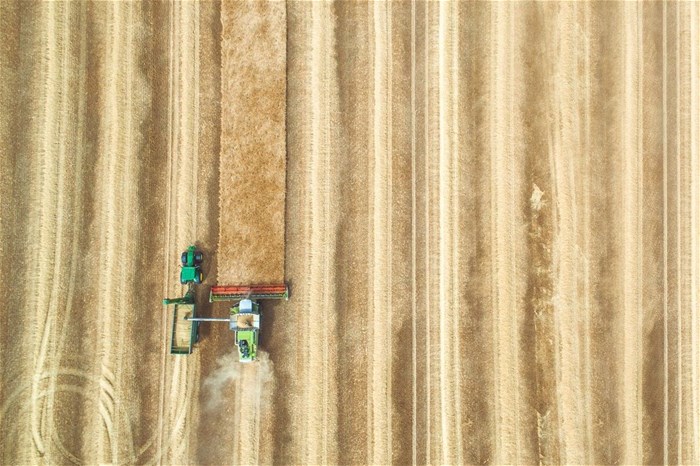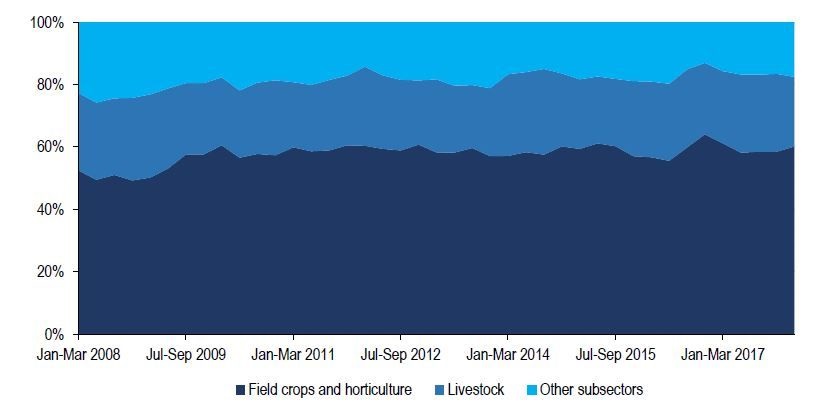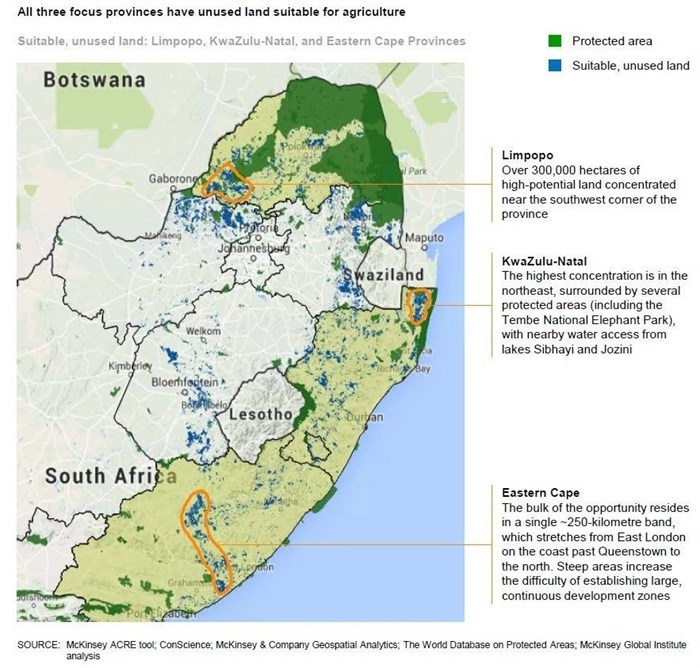






A couple of analysts view this sector as a non-starter when it comes to job creation. In their arguments, they typically raise the issue of the Fourth Industrial Revolution and the basic development theory view that as nations develop, the role of agriculture, at least from a jobs perspective, diminishes as people move to more industrialised sectors.
While that sentiment has some validity, it’s worth noting that many developing and developed countries still have a huge chunk of people working in their agricultural sectors — even though this number may have declined significantly as a share of overall employment and in absolute terms.

For instance, Turkey’s agricultural sector employs more than 5.5 million people, the US more than 2.5 million and Mexico more than 6.8 million, according to data from the Federal Reserve Bank of St Louis. In SA, we have about 843,000 people working in the agricultural sector, according to the latest data from Statistics SA.
The areas planted, level of mechanisation and agricultural activities in the aforementioned countries vary, which partially explains the difference in agricultural labour participation.
A closer look at the domestic jobs data shows that employment has declined over time, from levels of 1.6 million in the 1960’s to the aforementioned 843,000 people. What is also clear from the domestic data is that the decline in employment over the past couple of decades has not been evenly spread across all agricultural subsectors.
The field crop and horticultural sub-sectors have actually seen an uptick in employment due to an expansion in the area planted, which was partly driven by the growing global demand for food and fibre.

In fact, about two-thirds of South Africa’s agricultural jobs are now in the field crop and horticultural sub-sectors (see Chart above). This alone tells us that if we are to see an increase in agricultural employment, these sub-sectors will have to be a priority.
Fortunately, there is an old but relevant document to guide us on this front: chapter six of the National Development Plan (NDP). I know some people have become a bit despondent about the NDP’s ambitious goal of creating close to one million jobs in agriculture by 2030.
This is partly because the political dialogue has placed little emphasis on the prerequisites for those jobs to materialise.
Among these are the need to bring underutilised land in communal areas and land reform farms into commercial production, expand irrigation systems, and identify and support agricultural expansion in areas that have a high potential for growth and employment. This will require investment and strong and efficient institutions.
Given that there is a need to focus on communal land, KwaZulu-Natal, the Eastern Cape and Limpopo would potentially be focal areas for expansion and growth in the South African agricultural sector. In fact, there is evidence that suggests that these provinces have vast tracts of unused arable land that could potentially boost the agricultural sector.

Incidentally, it is these aforementioned provinces that have the highest unemployment. So, it is only right that there is a concerted effort to unlock growth and employment in these geographies.
NEDLAC’s Job Summit is an encouraging initiative, but from an agricultural perspective, I am of the view that South African policymakers should revisit the NDP with a clear intent to create strategies that will enable job creation. Putting the feasibility of the one-million jobs target on the back burner for now, I think there is room for expansion, provided the aforementioned considerations are taken into account.
The key sub-sector to focus on is horticulture, which is labour-intensive and health trends are increasing demand for horticultural products on the global market.

Overall, the upskilling of the agricultural labour force to align it with technological advancement, increasing investment, changing market needs, research and development, and financial support to developing farmers, are key to improving the prospects of the sector.
